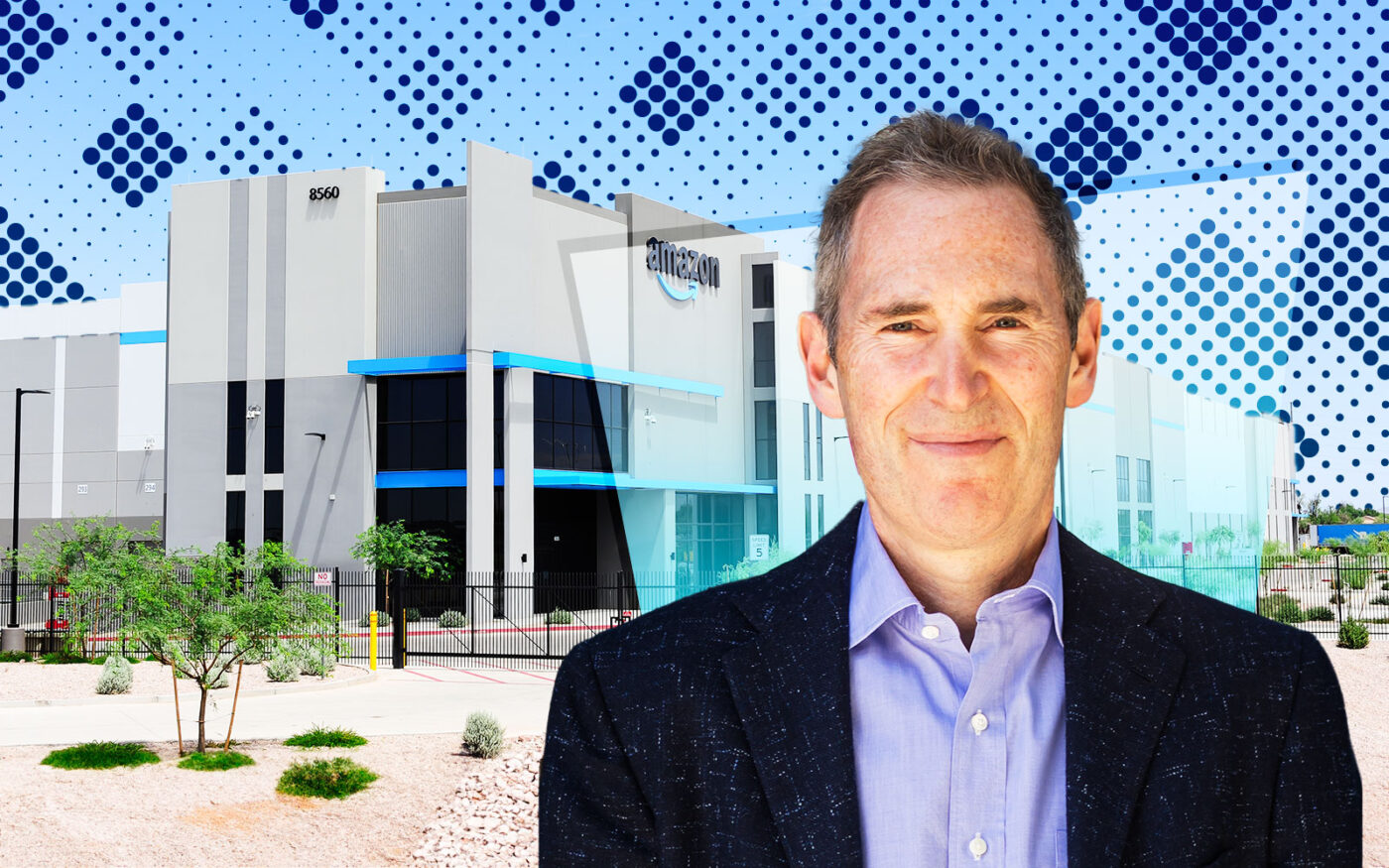Amazon.com, considered a “first mover” in industrial real estate, could help push the nation out of its post-pandemic warehouse slump.
The Seattle-based e-commerce behemoth, among the nation’s biggest occupiers of warehouses, has restarted expansion of its logistics footprint, suggesting gains could be ahead for the industrial market, the Puget Sound Business Journal reported, citing figures from Savills.
This year, Amazon has leased nearly 15 million square feet from coast to coast after periods of slower growth and warehouse reductions, according to Mark Russo, vice president of industrial research at the London-based real estate firm.
Amazon’s U.S. facilities are projected to grow by 43 million square feet this year, up from growth of less than 30 million square feet last year.
In 2020 and 2021, when e-commerce sales spiked, the company’s U.S. facilities grew by about 100 million square feet in both years.
“It is interesting that they’re getting more active,” Russo told the Business Journal.
Last month, Amazon leased two distribution warehouses of 1 million square feet each in the Inland Empire, a warehouse hub in Southern California, where industrial vacancy has ticked up.
Industrywide, the first quarter ushered in the sixth consecutive three-month period of declining net absorption, at 27.9 million square feet absorbed nationally, according to JLL.
Industrial vacancy also rose to 6.1 because of lower tenant demand and a rise in warehouse construction, with higher than average completions.
By Savills’ estimate, the national vacancy rate is 6.7 percent, with some top industrial markets posting double-digit vacancies, including Savannah, Georgia, at 12.1 percent, Phoenix at 11.8 percent and Dallas-Fort Worth at 10.8 percent.
While Russo said it’s likely industrial vacancy will continue to rise in the coming quarters, conditions may set the stage for a recovery in the broader sector heading into next year.
A resurgence in demand from Amazon and other e-commerce businesses indicates gains may lie ahead for the industrial market.
E-commerce, more broadly, will continue to see tailwinds because of demographic changes and a need to address supply-chain “Whac-a-Mole” events like the Baltimore bridge collapse this spring and global conflicts, Russo said.
And while online sales have slowed since the height of the pandemic, e-commerce activity still accounted for 15.6 percent of total retail sales in the first quarter, up from 14.4 percent in the second quarter of 2022, according to the U.S. Department of Commerce.
The manufacturing segment of the industrial market is also expected to grow in the coming years, led by recent staggering investments by Samsung Electronics, Intel and other businesses building massive chip plants and electric-vehicle factories, according to Savills.
Russo said the next cycle in industrial real estate will be made by such advanced-manufacturing deals, given the long lead time for most of those projects.
“It’s not just the mega projects themselves,” he told the newspaper. “It’s a lot of the other companies that are either suppliers for these large facilities that are going to drive demand to these markets going forward.”
While some industrial markets are oversupplied — such as Dallas-Fort Worth and Phoenix, which have a respective 30.9 million square feet and 36.2 million square feet under construction — the boom in advanced manufacturing will disproportionately benefit the Southeast, Midwest and Southwest, where major projects are under construction.
— Dana Bartholomew
Read more



